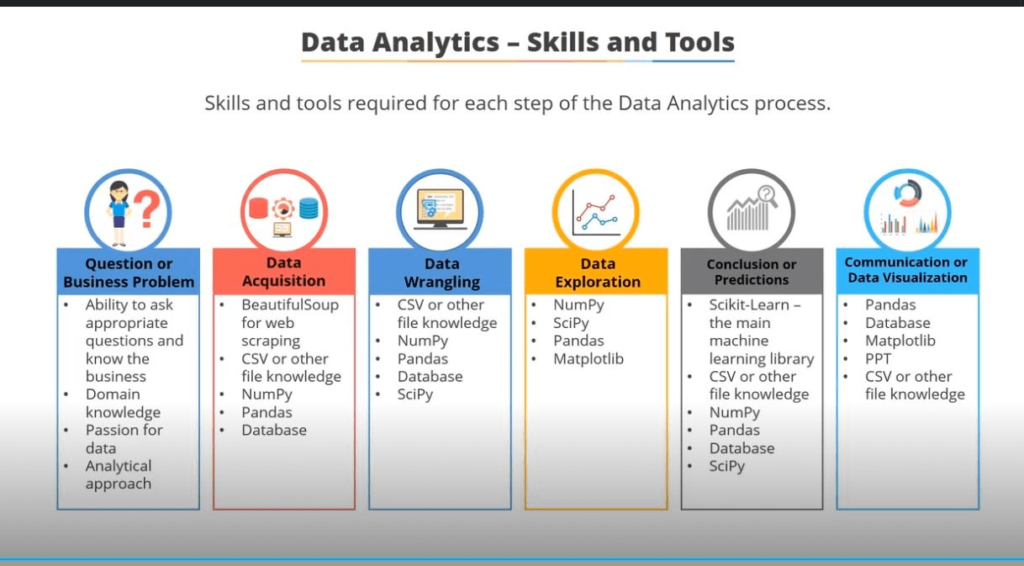
1. Learn Python, data science tools, and machine learning concepts
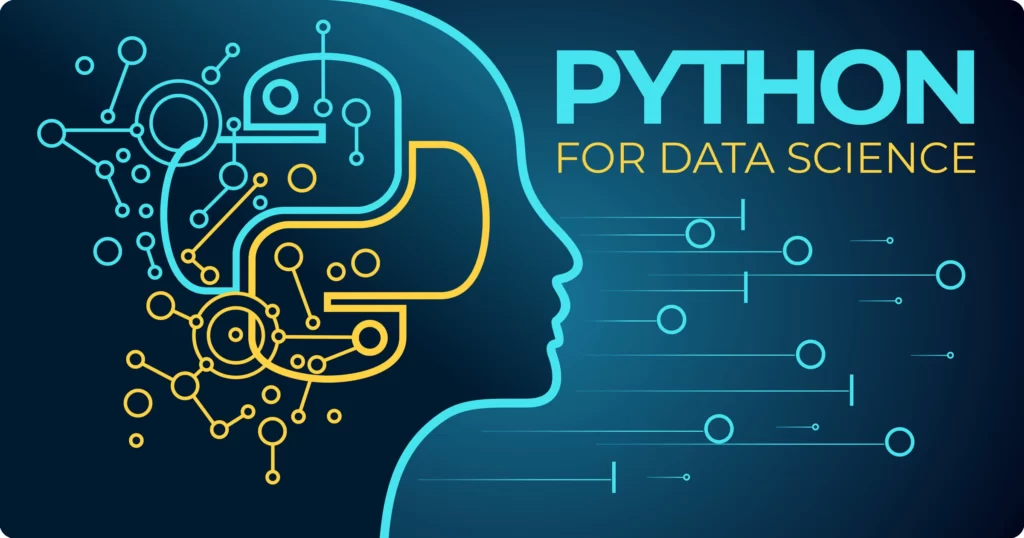
Learning python is an important part of Data Science and Machine learning. While learning python you must also practice using data science tools such as Jupyter and Anaconda. Spend a few hours tinkering with them. How these tools work, what they are, and how you can best utilize them for your tasks.
Links to learning sources
- Elements of AI– This is all about the overview of Machine learning and Artificial Intelligence concepts
- Learn Python for Everybody on Coursera – Learn Python from scratch with all basic concepts.
- Learn Python for free – This course will give you a full introduction to all of the core concepts in python.
- Anaconda Tutorial- Anaconda is a data science platform that comes with a lot of useful features right out of the box. Many people find that installing Python through Anaconda is much easier than doing so manually. Also, we will look at Conda. Conda is Continuum’s package, dependency, and environment manager.
- Beginners Tutorial for Jupyter Notebook by Dataquest- Installing and running a Jupyter notebook
- Beginners Tutorial on Python from Udemy for Free- This course was created for Data Science, AI, ML, DL, Automation Testers, Big Data
2. Learn data analysis, manipulation & visualization with Pandas, NumPy, Matplotlib
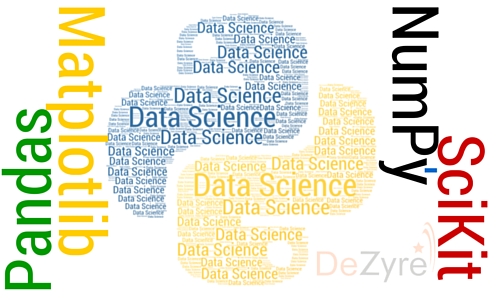
After getting some skills learning from python. You would like to learn how to extract data, manipulate data and work with the data. For those skills, you have to work with Pandas for DataFrame, Numpy for numerical, and for visualization Matplotlib.
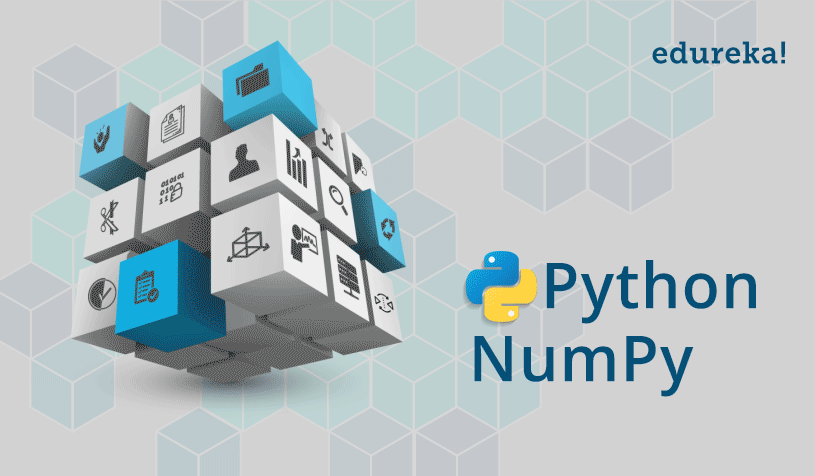
Pandas will help you work with data frames, these are tables of information like you would see in an Excel file. Think rows and columns. This kind of data is called structured data.
NumPy will help you perform numerical operations on your data. Machine learning turns everything you can think of into numbers and then finds the patterns in those numbers.
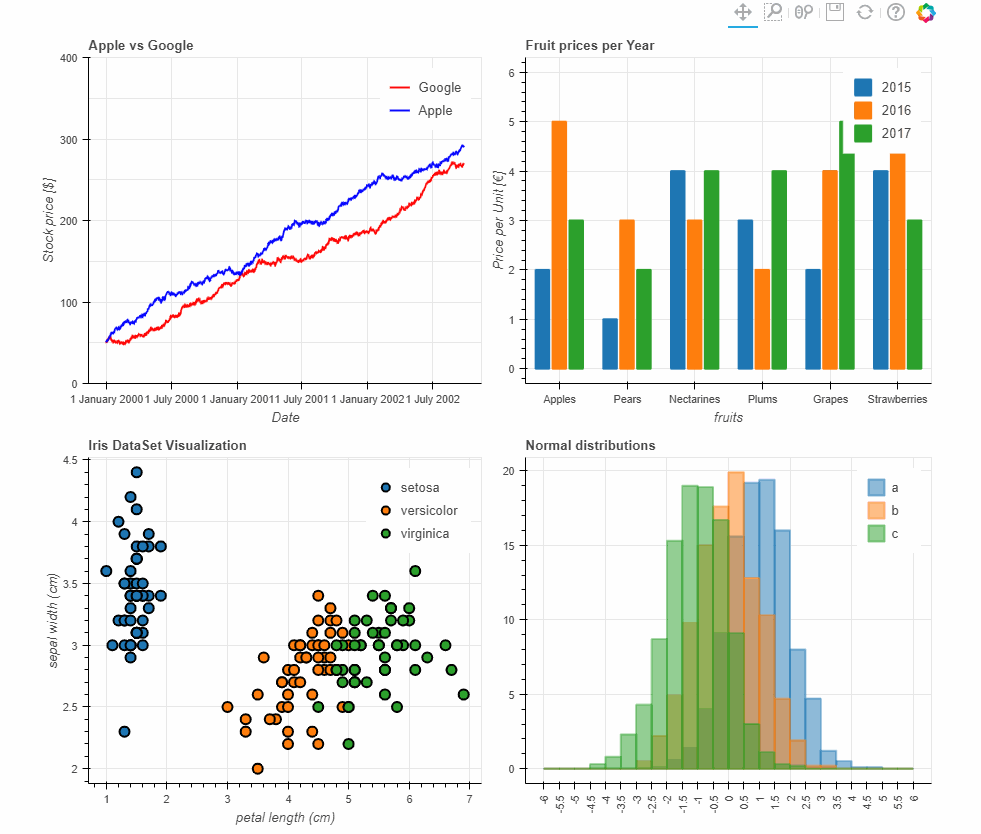
Links to learning sources
- Applied Data- Science with python on Coursera- Start updating your skills on Python skills towards data science.
- Learn Pandas in 10 minutes- It is a quick review of Pandas Library and some of the important functions.
- Pandas Tutorial from codebasics- This youtube series is going through all of the major capabilities of Panda.
- Numpy tutorial from codecamp- Learn the basics of the NumPy library in this tutorial for beginners. It provides background information on how NumPy works and how it compares to Python’s Built-in lists. This video goes through how to write code with NumPy. It starts with the basics of creating arrays and then gets into the more advanced stuff. The video covers creating arrays, indexing, math, statistics, reshaping, and more. GitHub
- Tutorial on Matplotlib by sentex– In this series is going to be covering most aspects to the Matplotlib data visualization module. Matplotlib is capable of creating most kinds of charts, like line graphs, scatter plots, bar charts, pie charts, stack plots, 3D graphs, and geographic map graphs.
3. Machine learning with scikit-learn
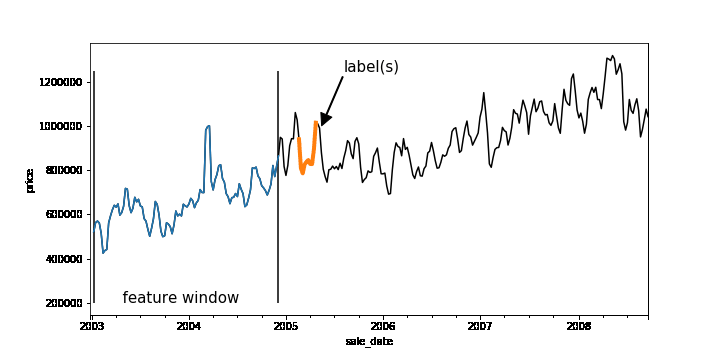
Now you’ve got the skills to manipulate and visualize data, it’s time to find patterns in it.
scikit-learn is a Python library with many helpful machine learning algorithms built-in and ready for you to use.
It also features many other helpful functions to figure out how well your learning algorithm learned.
Focus on learning what kind of machine learning problems there are, such as classification and regression, and what kind of algorithms are best for those. Don’t about understanding each algorithm from scratch yet, learn how to apply them first.
Links to learning sources
- Data school provides machine learning in scikit learn course– It provides some examples of machine learning, and explains at a high level how machine learning “works”.
- An introduction to Exploratory Data analysis by Daniel Bourke- It’s time to put what you have learned into a project and document it thoroughly and participate in the Kaggle competition.
- Exploratory Data analysis with scikit learn by Daniel Formoso- a more in-depth version of the resource above, comes with an end-to-end project using the above.
4. DeepLearning on Neural networks
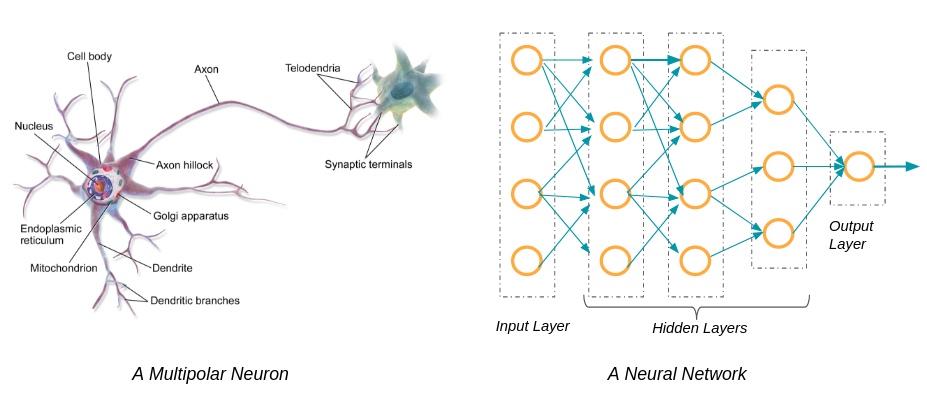
Deep learning and neural networks work best on data without much structure.
Dataframes have structure, images, videos, audio files, and natural language text have structure but not as much.
Links to learning sources
- Andrew Ng courses on Coursera about DeeplLearning– If you want to break into AI, this Specialization will help you do so. Deep Learning is one of the most highly sought-after skills in tech. We will help you become good at Deep Learning.
- DeepLearning fast.ai courses by Jeremy Howard- A practical hands-on approach to deep learning taught by one of the industry’s best practitioners.
5. Extra curriculum & books
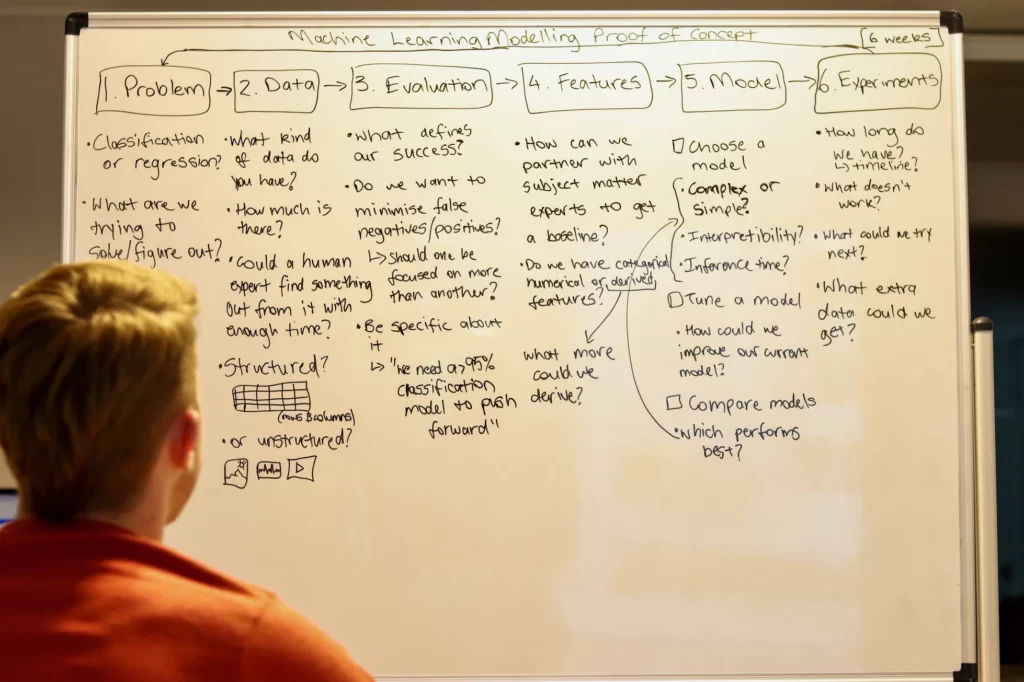
Along the way, it would be ideal if you practiced what you were learning with small projects of your own. These don’t have to be elaborate world-changing things but something you can say “I’ve done this with X”. And then share your work via Github or a blog post. Github is used to showcase your code, a blog post is used to show how you can communicate your work. You should aim to release one of each for every project.
The best way to apply for a job is to have already done the things it requires. Sharing your work is a great way to showcase to a potential future employer what you’re capable of.
After you’re familiar with using some of the different frameworks for machine learning and deep learning, you could try to cement your knowledge by building them from scratch. You won’t always have to do this in production or in a machine learning role but knowing how things work from the inside will help you build upon your own work.
Links to learning sources
- The way to start your own machine learning projects- Starting a new project is very hard for anything and for the newly learned topic it’s critical. this article will give you pointers on which you should work.
- Learning the foundations of fast.ai from Jeremy Howard- once you’ve gone top-down, this course will help you fill in the gaps from the bottom up.
- Grokking Deeplearning by Andrew Trask- this book will teach you how to build neural networks from scratch and why you should know how to.
- The books in this video will help you to get machine learning knowledge- the YouTube video goes through some of the best books on machine learning.



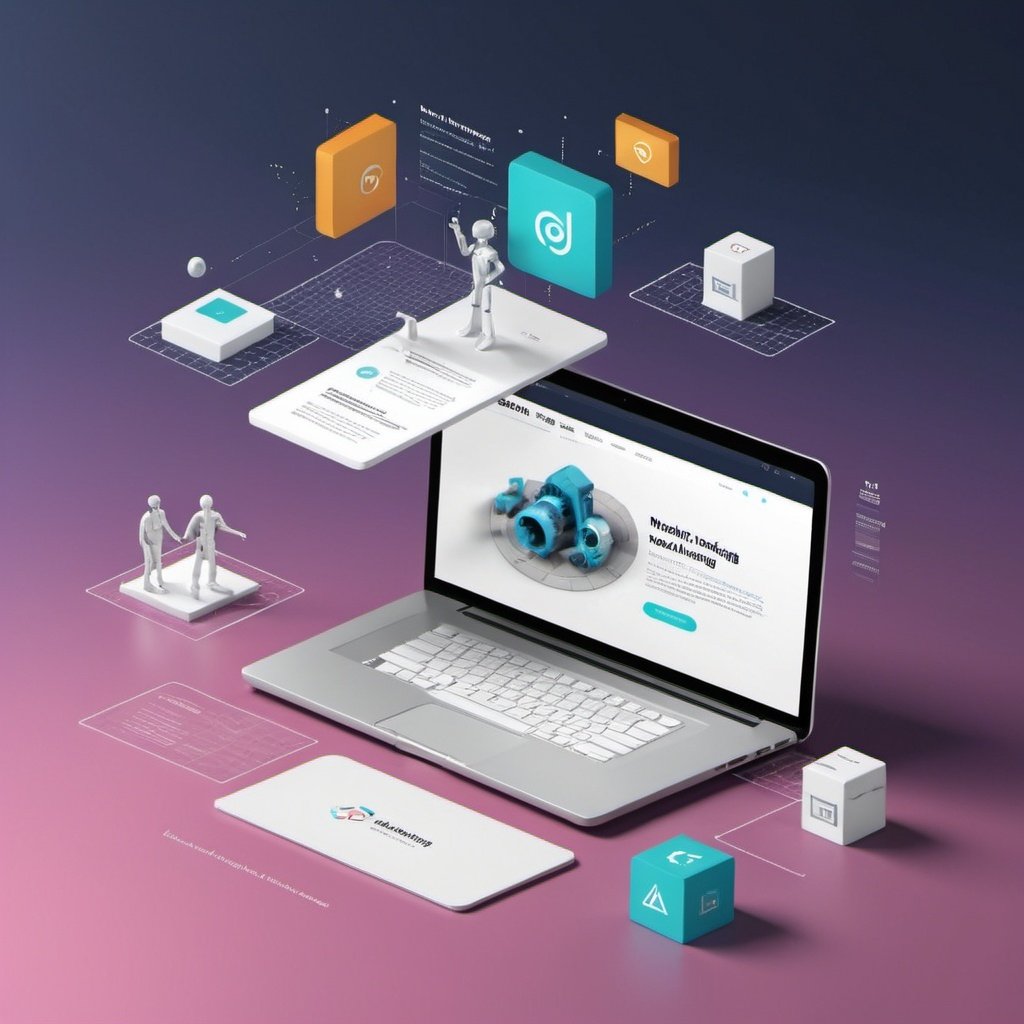

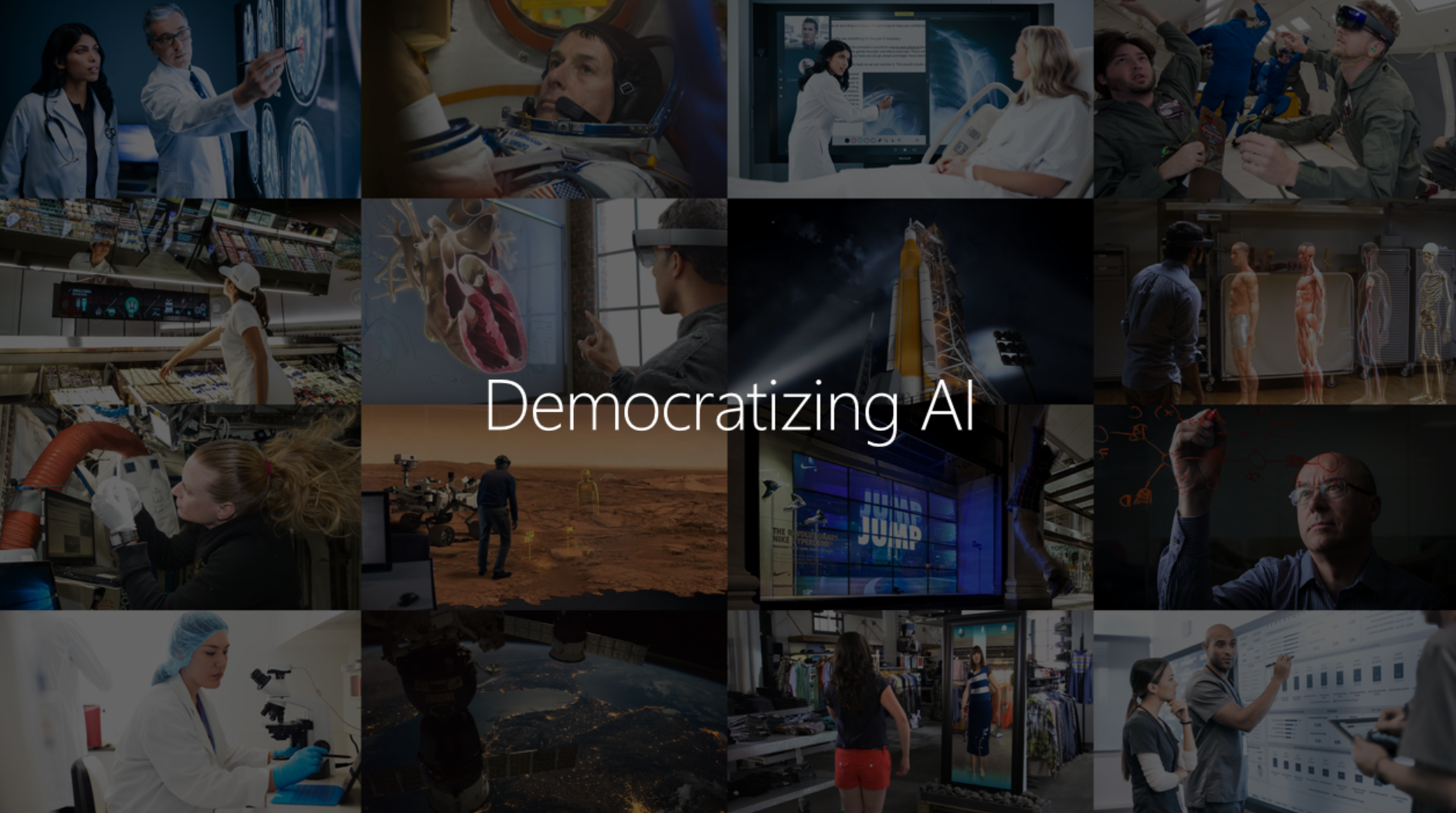
1 Comment
Your comment is awaiting moderation.
Your point of view caught my eye and was very interesting. Thanks. I have a question for you.
Your comment is awaiting moderation.
Thanks for sharing. I read many of your blog posts, cool, your blog is very good.
Your comment is awaiting moderation.
Thank you for your sharing. I am worried that I lack creative ideas. It is your article that makes me full of hope. Thank you. But, I have a question, can you help me?
Your comment is awaiting moderation.
Your point of view caught my eye and was very interesting. Thanks. I have a question for you.
Your comment is awaiting moderation.
Thanks for sharing. I read many of your blog posts, cool, your blog is very good.
Your comment is awaiting moderation.
Buy an SMTP server for unlimited sending with guaranteed inbox delivery and high deliverability rates. We offer different types of SMTP servers to suit any of your sending needs. Our services include multiple server setup options with various pricing and configurations.
Your comment is awaiting moderation.
Can you be more specific about the content of your article? After reading it, I still have some doubts. Hope you can help me. https://www.binance.info/da-DK/register-person?ref=V2H9AFPY
Your comment is awaiting moderation.
I don’t think the title of your article matches the content lol. Just kidding, mainly because I had some doubts after reading the article.
Your comment is awaiting moderation.
Can you be more specific about the content of your article? After reading it, I still have some doubts. Hope you can help me.
Your comment is awaiting moderation.
Your point of view caught my eye and was very interesting. Thanks. I have a question for you.
Your comment is awaiting moderation.
Thank you for your sharing. I am worried that I lack creative ideas. It is your article that makes me full of hope. Thank you. But, I have a question, can you help me?
Your comment is awaiting moderation.
부산여성전용마사지를 받는
순간 몸과 마음이 편안해졌어요.
Your comment is awaiting moderation.
마사지를 받는 동안에는 아무 말도 하지 않아도 괜찮고, 오롯이 나의 감정과 몸에 집중할 수 있어서 여성전용마사지가 더 특별하게 느껴졌습니다.
Your comment is awaiting moderation.
With just one visit to 토닥이,
your body will feel lighter and your heart calmer.
Your comment is awaiting moderation.
Thanks for sharing. I read many of your blog posts, cool, your blog is very good.
Your comment is awaiting moderation.
호스트 한 분 한 분이 진심을 다하는 모습에 감동했어요.
강남호스트바.
Your comment is awaiting moderation.
A simple hour at 여성전용마사지 changed my entire mood.
Your comment is awaiting moderation.
I was nervous at first, but 인천토닥이 put me completely at ease.
Your comment is awaiting moderation.
부산여성전용마사지는 회복 그
이상의 의미를 줬어요.
Your comment is awaiting moderation.
Your article helped me a lot, is there any more related content? Thanks!
Your comment is awaiting moderation.
고요한 공간에서 오롯이 나에게 집중할 수
있는 시간이었어요. 강남여성전용마사지를 통해 삶에 여유가 생겼어요.
Your comment is awaiting moderation.
마음을 어루만져주는 그 순간의 감정을 인천여성전용마사지에서 또다시
느끼고 싶어요.
Your comment is awaiting moderation.
일상 속에 무뎌졌던 감정이 수원여성전용마사지를 통해
다시 피어났고, 오랜만에 진짜 나다운 감정을
느낄 수 있었습니다.
Your comment is awaiting moderation.
좋은 경험이라 친구에게도 인천토닥이를 추천했어요.
Your comment is awaiting moderation.
진정한 휴식이 필요할 때 여성전용 마사지가 정답이에요.
Your comment is awaiting moderation.
My body felt light and stress-free after visiting 인천여성전용마사지.
Your comment is awaiting moderation.
부산여성전용마사지 helped me feel grounded
again.
Your comment is awaiting moderation.
I didn’t just feel pampered at 부산여성전용마사지—I felt deeply
respected.
Your comment is awaiting moderation.
When life feels too fast, a session at 강남토닥이 gives me the reset I need.
Your comment is awaiting moderation.
The world can wait—this moment is yours, at 토닥이.
Your comment is awaiting moderation.
내 취향에 딱 맞춘 공간, 강남호스트바.
Your comment is awaiting moderation.
I didn’t just feel pampered at 부산여성전용마사지—I
felt deeply respected.
Your comment is awaiting moderation.
It was more than just physical relaxation at 강남여성전용마사지—it was emotional restoration I didn’t even know I needed.
Your comment is awaiting moderation.
피곤함에 무뎌진 감각을 섬세하게 깨워준 인천여성전용마사지,
오랜만에 숨을 깊이 쉬었어요.
Your comment is awaiting moderation.
저는 그저 마사지를 받으러 간 줄 알았는데,
여성전용마사지는
마음을 감싸주는 손길로 저를 위로해주었어요.
Your comment is awaiting moderation.
After 토닥이, my
mind was clear and my body was light.
Your comment is awaiting moderation.
스트레스가 많아 머리가 복잡할 때마다 수원여성전용마사지가 떠오를 것 같아요.
Your comment is awaiting moderation.
하루를 마무리하며 생각나는 단 하나의 공간, 그건 바로 부산여성전용마사지예요.
Your comment is awaiting moderation.
이 정도로 필요했는지 몰랐던 부산여성전용마사지.
Your comment is awaiting moderation.
강남호스트바는 마음까지 편안해지는 곳이에요.
Your comment is awaiting moderation.
Even my thoughts were lighter after 부산여성전용마사지.
Your comment is awaiting moderation.
It felt like someone finally listened—to both my body and heart.
인천토닥이.
Your comment is awaiting moderation.
오랜 시간 잊고 지냈던 ‘나 자신’이라는 존재가 여성전용마사지를 통해 조용히 다시 눈을 뜨는 것 같은 느낌이 들었어요.
Your comment is awaiting moderation.
The women-only massage at 강남토닥이 was
more than just treatment—it was a meaningful gift to myself.
Your comment is awaiting moderation.
기대 이상으로 만족스러운 경험을 했던 강남호스트바.
Your comment is awaiting moderation.
Your body will thank you after every session at 토닥이.
Your comment is awaiting moderation.
나를 가장 잘 이해해주는 장소, 수원여성전용마사지는 진정한 힐링의 의미를 알려줍니다.
Your comment is awaiting moderation.
하루를 마무리하며 생각나는 단 하나의 공간,
그건 바로 부산여성전용마사지예요.
Your comment is awaiting moderation.
No matter your schedule, 토닥이 is always
ready to support your well-being.
Your comment is awaiting moderation.
다녀온 이후로 몸이 가뿐해진 건 물론이고, 마음속 깊은 곳까지 환하게
밝혀진 느낌이었어요. 정말 강남여성전용마사지 덕분이에요.
Your comment is awaiting moderation.
Both my tired muscles and heavy heart were
eased by the women-only massage at 강남토닥이.
Your comment is awaiting moderation.
There’s something magical about 여성전용마사지 — it stays with you.
Your comment is awaiting moderation.
피곤함에 무뎌진 감각을 섬세하게 깨워준 인천여성전용마사지, 오랜만에 숨을 깊이 쉬었어요.
Your comment is awaiting moderation.
Even late at night, 토닥이 welcomes you with thoughtful and gentle
care designed exclusively for women.
Your comment is awaiting moderation.
지친 하루 끝, 수원여성전용마사지에서의 시간은 마치 마음에 따뜻한 담요를
덮은 듯 편안했어요.
Your comment is awaiting moderation.
몸이 무거운 날이면 떠오르는 이름이 바로 강남토닥이.
여성전용마사지가 이토록 위로가 될 줄 몰랐어요.
Your comment is awaiting moderation.
매일 바쁘게 살아가는 당신에게 꼭 필요한 쉼,
토닥이가
기다리고 있습니다. 지금 이용해보세요.
Your comment is awaiting moderation.
부산여성전용마사지 덕분에 다시 숨 쉴 여유가 생겼어요.
Your comment is awaiting moderation.
The kindness I received at 강남여성전용마사지
still echoes in my heart, reminding me that I deserve
care.
Your comment is awaiting moderation.
기분 전환이 필요할 땐 강남호빠만 한 데가
없어요.
Your comment is awaiting moderation.
Thank you for your sharing. I am worried that I lack creative ideas. It is your article that makes me full of hope. Thank you. But, I have a question, can you help me?
Your comment is awaiting moderation.
Say goodbye to slow, clunky downloaders. With YTDFP, you can download and convert
YouTube videos from over 100 sites in HD, 4K, or MP3—fast, clean, and effortlessly.
Grab playlists, trim clips without quality loss, and enjoy a
sleek, ad-free experience built just for PC users.
One lifetime payment. Unlimited downloads.
Get YTDFP Now – Only $29.99
https://telegra.ph/YouTube-Downloader-for-PC-06-18
Why wait?
Whether you’re saving videos for offline learning, archiving
music, or creating your own library of content,
YTDFP is the reliable tool that does it all. With lightning-fast speeds, automatic updates, and a user-first design, you’ll wonder how you ever lived without it.
https://telegra.ph/YouTube-Downloader-for-PC-06-18
Your comment is awaiting moderation.
Thanks for sharing. I read many of your blog posts, cool, your blog is very good.
Your comment is awaiting moderation.
Thank you for your sharing. I am worried that I lack creative ideas. It is your article that makes me full of hope. Thank you. But, I have a question, can you help me?
Your comment is awaiting moderation.
Your point of view caught my eye and was very interesting. Thanks. I have a question for you.
Your comment is awaiting moderation.
Can you be more specific about the content of your article? After reading it, I still have some doubts. Hope you can help me.
Your comment is awaiting moderation.
I don’t think the title of your article matches the content lol. Just kidding, mainly because I had some doubts after reading the article.
Your comment is awaiting moderation.
Can you be more specific about the content of your article? After reading it, I still have some doubts. Hope you can help me.
Your comment is awaiting moderation.
I don’t think the title of your article matches the content lol. Just kidding, mainly because I had some doubts after reading the article.
Your comment is awaiting moderation.
Thank you for your sharing. I am worried that I lack creative ideas. It is your article that makes me full of hope. Thank you. But, I have a question, can you help me?
Your comment is awaiting moderation.
I don’t think the title of your article matches the content lol. Just kidding, mainly because I had some doubts after reading the article.
Your comment is awaiting moderation.
I don’t think the title of your article matches the content lol. Just kidding, mainly because I had some doubts after reading the article.
Your comment is awaiting moderation.
Can you be more specific about the content of your article? After reading it, I still have some doubts. Hope you can help me.
Your comment is awaiting moderation.
Can you be more specific about the content of your article? After reading it, I still have some doubts. Hope you can help me.
Your comment is awaiting moderation.
Thank you for your sharing. I am worried that I lack creative ideas. It is your article that makes me full of hope. Thank you. But, I have a question, can you help me?
Your comment is awaiting moderation.
Your point of view caught my eye and was very interesting. Thanks. I have a question for you.
Your comment is awaiting moderation.
Your point of view caught my eye and was very interesting. Thanks. I have a question for you.
Your comment is awaiting moderation.
Your point of view caught my eye and was very interesting. Thanks. I have a question for you.
Your comment is awaiting moderation.
Your point of view caught my eye and was very interesting. Thanks. I have a question for you.
Your comment is awaiting moderation.
Have you ever considered about including a little bit more than just your articles?
I mean, what you say is fundamental and all. Nevertheless
think about if you added some great pictures
or video clips to give your posts more, “pop”!
Your content is excellent but with pics and videos, this site could definitely be one of the very best
in its field. Great blog!
Your comment is awaiting moderation.
This piece of writing is really a pleasant one it helps new web users, who are
wishing in favor of blogging.
Your comment is awaiting moderation.
Inspiring story there. What happened after? Thanks!
Your comment is awaiting moderation.
Your point of view caught my eye and was very interesting. Thanks. I have a question for you. https://accounts.binance.com/register?ref=P9L9FQKY
Your comment is awaiting moderation.
Your article helped me a lot, is there any more related content? Thanks!
Your comment is awaiting moderation.
Ledger Live
Your comment is awaiting moderation.
Thank you very much for sharing, I learned a lot from your article. Very cool. Thanks.
[…] Marketing & Data Science […]